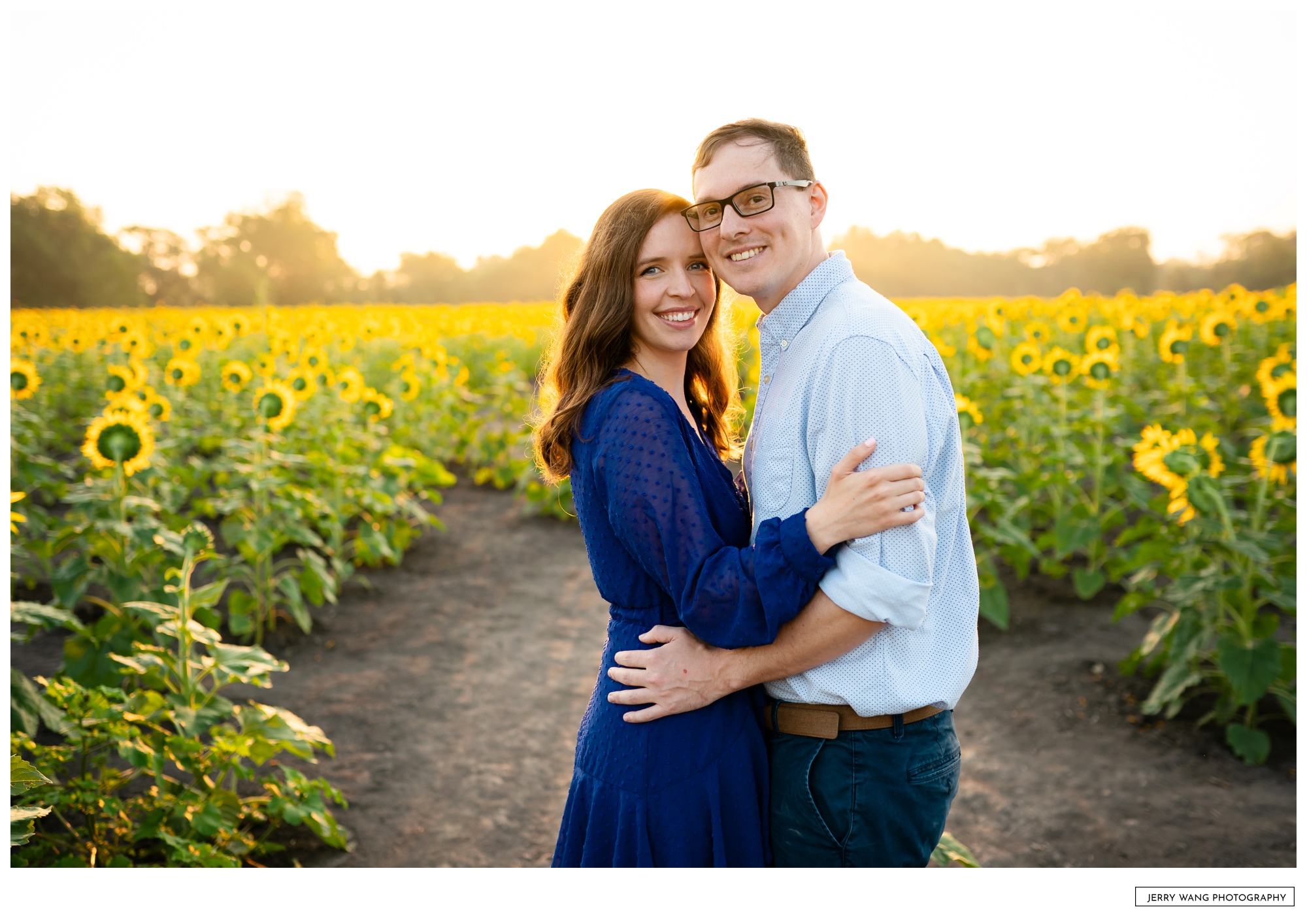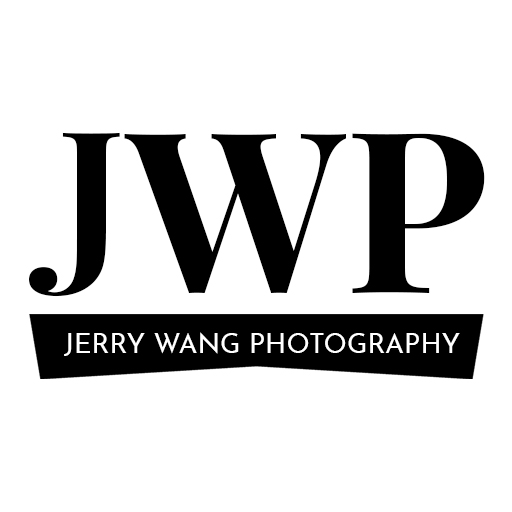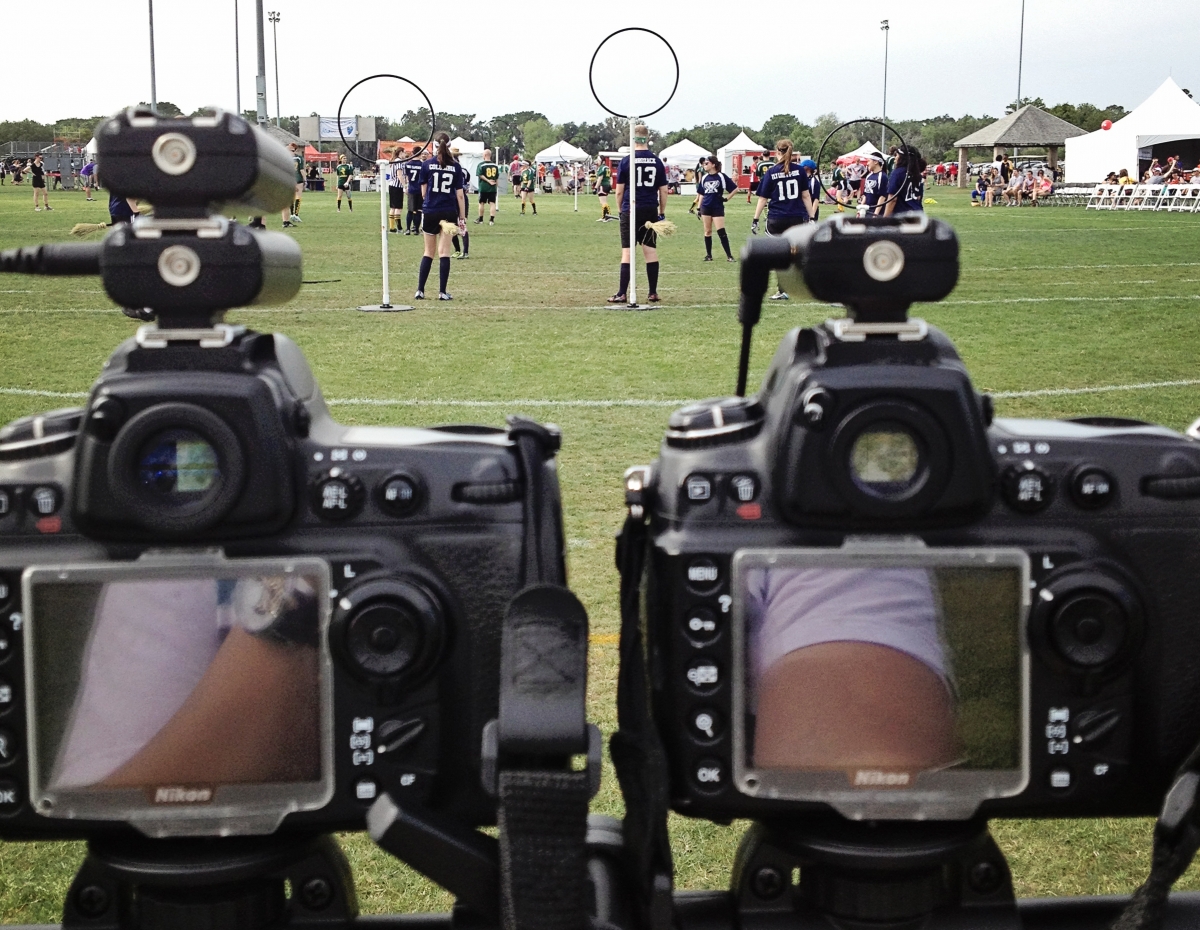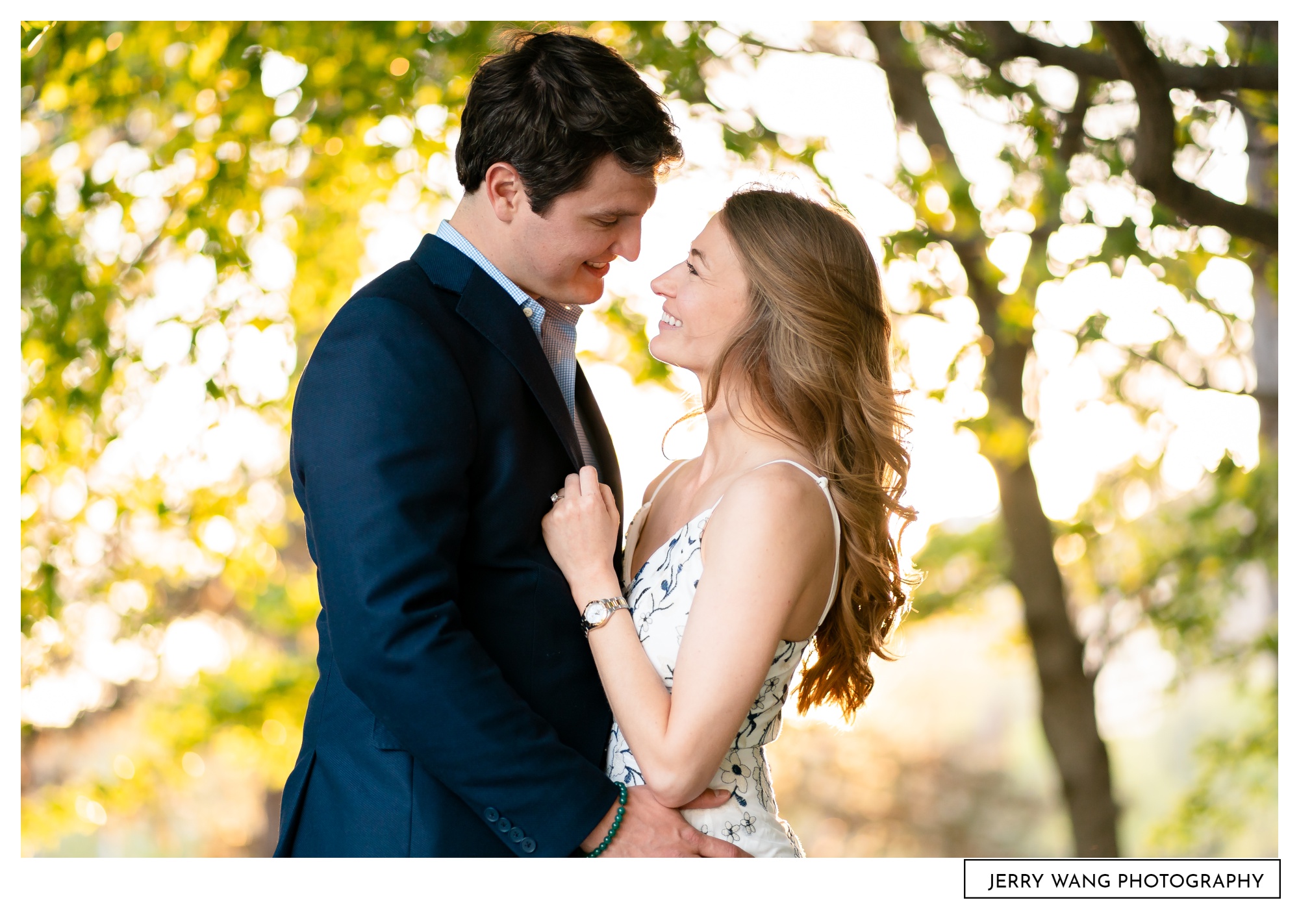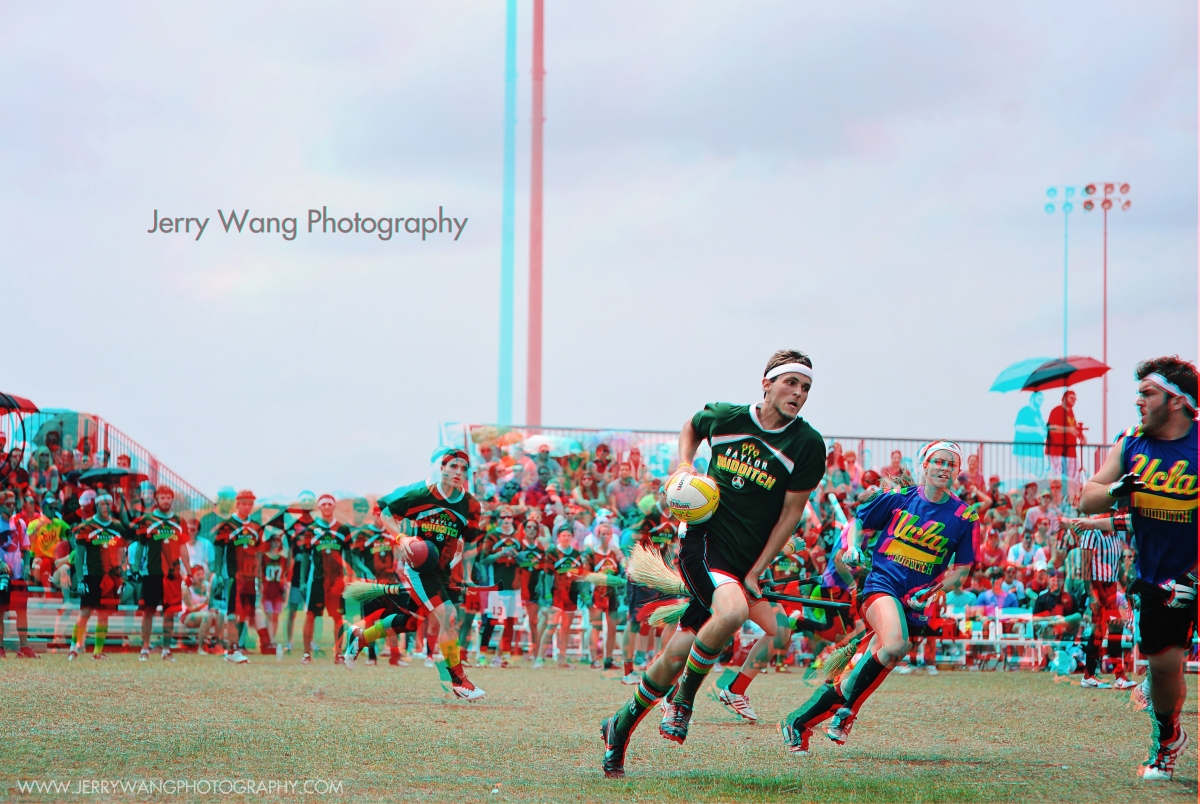
Last weekend, I had the pleasure of attending the 2013 IQA Quidditch World Cup VI in Kissimmee, Florida. Having attended the tournament in 2011, I wanted do something completely different in terms of photography coverage: 3D quidditch action images.
I first shot 3D photos back when I was a junior in college and a photo editor for the University Daily Kansan. The staff had high hopes for our basketball team that year (well, just about every year, ROCK CHALK!). We wanted to create a unique special section in the event that KU made it all the way through March Madness with a trophy. An idea was brought up to photograph the tournament in 3D using 2 DSLRs. We researched the idea, acquired the equipment, calculated the ideal distances, focal length, autofocus point placement, ect. I came back from the tournament with some extraordinary 3D images but KU fell to the #12 seed VCU in the elite 8 so we never ran the photos.
Fast forward two years, I’ve refined my previous set up by purchasing a special bracket designed to hold multiple cameras / flashes / lights. I switched my wireless triggers so I can manually control the timing of the autofocus.
Here’s how it works:
Two DSLRs (exact same models) were attached to the same mounting bracket. Careful alignment ensures that the sensors are on the same focal plane.
A lens of the same focal length is then mounted to each DSLR. This ensures the cameras capture the images from the same perspective.
Both cameras are then equipped with a wireless trigger to control the shutter. A half press controls autofocus, a full press takes the image.
Speaking of autofocus, the toughest thing about shooting 3D action photos is achieving focus on the desired subject in both images. The players are almost always on the move and since the cameras are off set from each other, the autofocus points have to be adjusted accordingly. For example, if the camera on the left has the autofocus set on the center, then the right camera has to have the autofocus set to left of center to compensate for the distance between the sensors. Finally, the cameras have to be set on single shot (since an unsynced burst can throw off the timing of the photos) and shutter release priority (to make sure the cameras take the photos at the exact same time).
In photoshop, a cyan filter is applied to one image and a red filter to the other. Both images are then combined into one for viewing with the classic red / cyan 3D glasses.
Due to the autofocus restraints and having only a small zone where the the 3D effect “pops” the most, the keeper rate for shooting 3D photos is pretty low. From a typical 30-40 minute match, I was only able to get about 10-15 images that had good action moments occur in the ideal zone on the field. It was still a great experience and I hope to continue to improve on my system (anyone want to donate money for a polarized projection / viewing system so I can ditch the red / cyan glasses for the polarized ones?)
Comments
